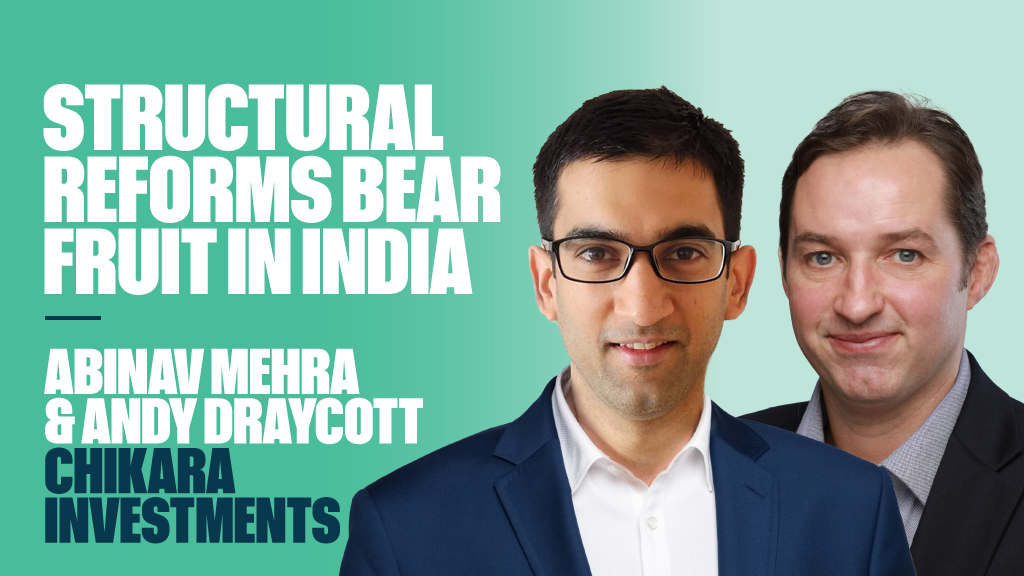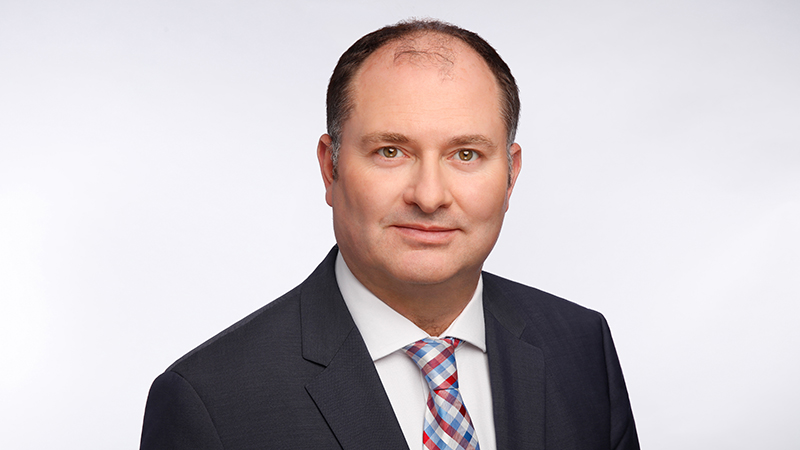Amid a tough year for fixed income, global high-yield bonds have been a source of relative stability. This is perhaps surprising given the economic volatility, but default rates have been unusually low, and this has kept losses to a minimum. However, Jonathan Butler, co-head of global high yield at PGIM, believes 2023 may be the year when credit analysis becomes vitally important as economic weakness disrupts corporate performance.
He says: “Last year was all about interest rates and inflation, 2023 is likely to be about credit differentiation. Credit will matter much more. To date, we have had a rates sell-off, not a credit sell-off.
“Defaults this year have been at record lows. Stripping out Russia and Ukraine, they’ve been at about 0.5%. That leaves only one way to go. That said, the average balance sheet is better quality than in recent history and we don’t expect a significant spike like that seen in the global financial crisis, but defaults will pick up from here. We expect a rate of 3-4% in the UK, and 2-3% in Europe.”
According to Butler, the economic outlook is tough across most major markets. Europe is experiencing an energy supply shock, for which there is no immediate resolution. The US is likely to follow Europe into recession, but for different reasons. “Inflation in the US is not created by energy and food,” says Butler.
“In other words, it is not imported. Instead, it has a super-strong labour market, so the Federal Reserve needs to tame that by raising rates. We expect to see more rate rises in the near-term.”
That means the PGIM Global High Yield Fund, of which Butler is lead manager, remains defensively positioned in the short term. He says the recent rally has left him and his co-managers more cautious.
They are focusing on those companies that will cope with economic downturn and recession and away from areas that look vulnerable.
He says: “We’re cautious on the consumer discretionary sector. Will people still have mini leisure breaks or pizza on a Tuesday evening? These are the first things to be cut in a cost-of-living crisis. We are also avoiding cyclical industries with demand destruction, including some industrials. Areas such as building materials are also concerning.”
Instead, the fund is focused on areas such as telecoms and media, where there is constant demand and a stable cashflow profile. Healthcare is also likely to be an area of priority spending. He says that as the economy weakens, riskier bonds are likely to sell off more than less risky bonds. A solid BB company is likely to sell off less than a riskier CCC name that is at risk of some credit stress.
Investment process
PGIM does all its own credit analysis. It has two large teams in the US and Europe, which serve the group’s institutional clients and its growing wholesale investor base. “The risk of default is there all the time, and the chances of default are increasing. This team is very strong at bottom-up credit work,” he says, crediting the group’s heritage as a European insurance company. “Over half of our global mandates are credit-related. We have more analysts and more expertise, which means we can cover more areas and avoid the landmines.”
The analyst teams are split by industry specialism rather than country. PGIM has its own credit ratings, using the same scale as the major ratings agencies (B+/B- etc). The analysts operate independently, providing the portfolio managers with ideas, which are regularly refreshed and re-examined: “We are re-underwriting our credit thesis on a continuous basis.” The structure is also built for quicker decision-making: “We don’t need to wait for the reports from a formal credit committee. It gives us speed to market.”
See also: Investors flocking to fixed income, says Interactive Brokers
There are 250-300 names in the global high-yield fund, picked from a universe of around 2,000. Butler says: “We are running our own set of projections and forecasts for each name and looking at how they perform through an economic cycle. Our analysts are having conversations with management teams.
This is a tussle. The finance director is sent out to put as positive a spin as possible on the business, and our place is to pick holes in the thesis and decide what we believe.”
The main driver of the group’s risk system is market-implied credit spreads. “We don’t believe in credit agency ratings. They’re useful to look at but if a bond is trading at 1,000 over credit spread, the market is saying that is CCC. A bond rated B and trading at 150, the market is saying it’s actually BB. Using market-implied spreads shows us the real level of market risk we’re taking in a portfolio. It also takes into account the lack of liquidity. It’s a more accurate way of measuring risk in the portfolio.”
Turnover evens out at around 50% a year. The new issue calendar will influence buying and selling, as will the economic cycle. Butler says 2020 ended up being a busier year in terms of turnover than 2021.
The group is also valuation-sensitive. It may like a company, believe in the management team and its long-term prospects, but if the market recognises that and the yield is low, it won’t be as big a position in the portfolio.
The result is a portfolio that has outperformed its peer group incrementally over time. During the past 12 months, it has fallen marginally less than the wider IA USD High Yield Bond sector (-2.4% versus -4.9%). Over three years, it is up 9.6%, against an average sector performance of 6%.
The year ahead
Butler predicts a credit recession is imminent as GDP data begins to weaken and companies report profit warnings and earnings downgrades. “That’s what we’re getting ready for. As fourth-quarter data starts to come through, we believe there will be additional volatility.”
However, he points out that companies only default when they run out of cash and many still have good liquidity levels and strong maturity profiles. Having refinanced at lower rates in 2020 and 2021, some won’t need to come back to the market until 2025 and beyond. He believes many of them can cope with a short recession as a result.
They’ll be looking for signs of weakness in corporate trading results to judge whether to become more bullish or bearish. “A lot of companies are already starting to show weaker trading results and earnings,” he says.
“One of the European chemicals names we looked at, for example, is facing really weak demand. In the second quarter, it could pass on all its trading costs to customers because there was a lack of supply and strong demand.
“That was on the reopening trade post-Covid. But the energy crisis coupled with demand destruction means they’re rapidly going from top-of-cycle to bottom-of-cycle earnings. Their outlook for the first half of next year is pretty dire.”
According to Butler, prices will need to adjust as rating agencies downgrade them and spreads are likely to widen. At the same time, interest rates will continue to rise. He believes markets have got too fired up about the potential for a pivot on rates from the Federal Reserve. “The message from central banks is they have to control inflation, and both the Fed and the ECB have inflation targets of 2%. With inflation still at 8-10%, there is a long way to go.”
Is now a good time to invest in high yield? “Over the coming few quarters, the answer is yes. But with the rally we’ve seen, we’re cautious in the near term,” adds Butler. “We believe there’s an interesting opportunity coming, when we get to peak interest rates and peak credit spreads. In the meantime, it is a fantastic time to be an active credit manager. This is where we should be able to perform as a business.”
BIOGRAPHY
Jonathan Butler is a managing director and the head of the European leveraged finance team (high yield and bank loans) at PGIM Fixed Income, based in London. He is also co-head of the global high-yield strategy. Prior to joining the firm in 2005, Butler was responsible for establishing and managing NIBC’s third-party CLO asset management franchise. At NIBC, he invested in senior and mezzanine loans for financial sponsor transactions. He also held investment positions with Chemical Bank (now JP Morgan Chase & Co) and Industrial Bank of Japan (now Mizuho).
This article first appeared in the January edition of Portfolio Adviser Magazine











